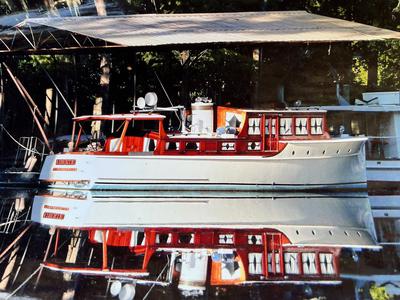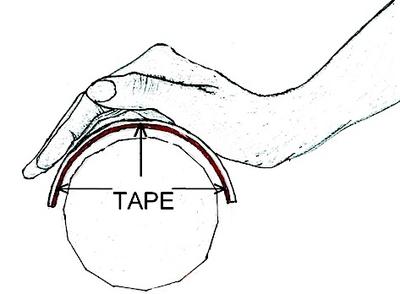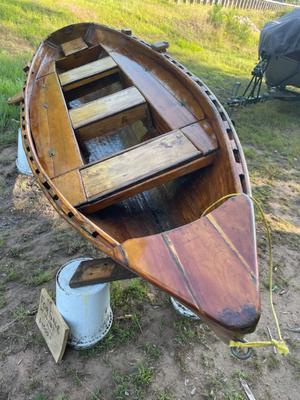- Home
- Your Boats
- This Page
pvc (black plastic) pipe for water systems
by Rosalind
(Canada)
I live in a rural community where we build our own systems for collecting and transporting water for domestic use, including drinking.
PVC pipe is extensively used because it is cheap and available in long lengths.
I wonder if my experience of menopausal hot flashing lasting so far around 20 years could be related.
I've used epoxies and Resourcinol and suchlike occasionally in the building of boats, but my neighbours have not.
The lengthy hot flashing seems to be a common thread amongst us over 60's, much longer and stronger than certainly my mother experienced.
Comments for pvc (black plastic) pipe for water systems
|
||
|
||
|
||
|
||
Want to add more photos?
Photo Uploader
If you are having problems uploading Photos or would like to add more click on this link for the Upload Form.







